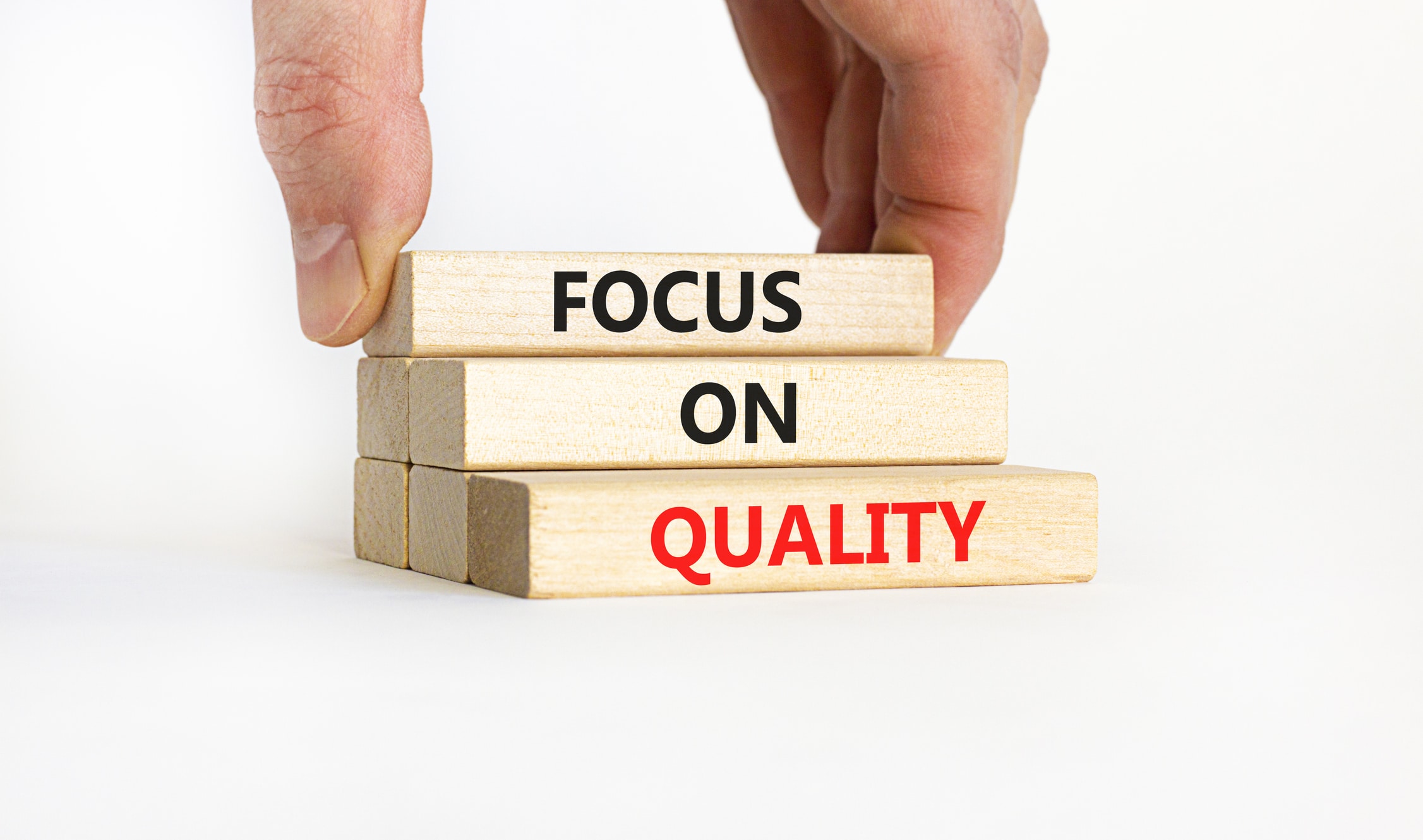Does your organization have a digital culture?
Changing a culture is a complex challenge, made more so by the fact that every enterprise has its own culture and goals. I won’t presume to tell a company what its culture should be, but there are ways to evaluate whether or not your enterprise has embraced the digital revolution from top to bottom and is taking transformation seriously. Infusing a culture that supports the change while sustaining the company’s overarching strategy takes a clear methodology and a disciplined approach. Here are some things to consider:
Do you have a Chief Digital Officer (CDO)? CDOs are new executives at the table, but they are increasing in number. Their job is to guide digital transformation so that it creates value and real change. Note the responsibility for a CDO is not technology-focused – that is still the role of the CTO. According to LinkedIn, CDOs “put a special focus on creating new value through the smart use of digital tools, platforms, technologies, services, and processes.” Some companies may place this responsibility with the CFO or CTO, but in general, the larger the organization, the more likely it is to need a CDO.
Do you have a Digital Center of Excellence (CoE) to manage your digital transformation? To have applications that people will embrace and use with confidence, enterprises set up Centers of Excellence where updates, upgrades, and new technologies can be tested and refined before deploying in a managed way to the entire organization. A CoE does more than vet and test technology, it also keeps watch over users and their needs. Making the experience a good one for employees and partners goes a long way toward building a digital culture.
Do you have a game plan? Has your company addressed how much you should change, and how much you should keep? You don’t want to throw out the baby with the bathwater, so to speak. Many processes and organizations may not need changing. That will depend on each organization and what the leadership wants to achieve. But the question needs to be discussed at the highest levels, with the goal of creating a plan with concrete steps and changes. Otherwise, your transformation will be inconsistent and incomplete.
Do you have a solution to the talent problem? Much has been written about the Great Resignation and the growing shortage of skilled employees. Digital technology could be key to solving this problem, but it requires discussion and planning. Should you undertake large-scale retraining and reskilling of your current workforce, or should you outsource more to external partners? Also, consider how you can leverage your digital transformation to attract more talent. The newer generation of workers has already been digitally transformed in their daily lives. The more you make your transformation people-focused, the more attractive you will be to younger talent.
The question every executive should ask
When confronted with a technology decision, I think the most important question an executive can ask is: “How will this technology make it easier for our people and teams to transform what they do and how they do it?” Every technology decision should promote your goals for cultural transformation, not just solve the function at hand. This is being Digitally Determined. Here are some more specific questions you can ask along the same lines:
- Is this automating the same old silos and departments, or are we breaking down barriers?
- Does this solution provide streamlined UIs and good workflows?
- Are we providing easy accessibility and mobility for our workers?
- Are we being consistent across our enterprise?
- Can workers communicate with each other globally in the same User Interface (UI)?
The point is that you don’t have to be a technology expert to make sure the enterprise stays on mission. But you do have to stay focused on your goals.
Start at the top
An essential element of cultural transformation is being able to take risks and try new approaches, and for many companies, this is the hardest thing to change. In fact, McKinsey cites “fear of taking risks” as one of the biggest deficiencies in enterprises that are trying to digitally transform.
This is easy to understand, but the whole point of cultural transformation is to be more agile as an organization, to empower people with information and tools, and to take advantage of opportunities in a fast-changing world. You can’t do that by avoiding all risks and minimizing change. Digital transformation makes it possible for an enterprise to change direction more quickly and smoothly than without it, and to change back just as quickly if necessary.
Do you feel overwhelmed? The digital transformation that is impacting our world is a big change. No industry is immune. For manufacturing, there is a benefit to being a follower. Much has been learned, and much can be outsourced. Several managed service options now exist for smaller manufacturers to stay on par and achieve most of the benefits their larger competitors now enjoy. The cloud has been an enabler of cost-effective operations performance improvement – and can do so with very few internal resources.
In the digital world, not changing can be a bigger risk than changing. It’s up to corporate leaders to create a culture throughout the enterprise where people understand that and are empowered and willing to act. Are you Digitally Determined?





